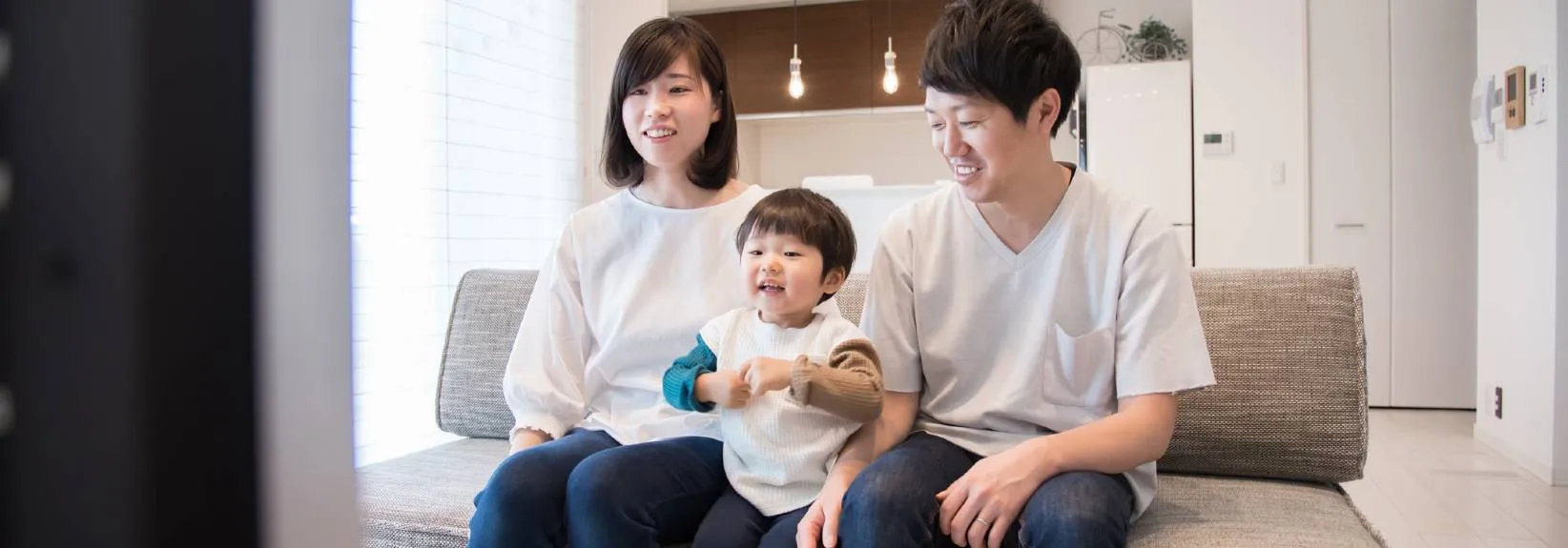How Do UV Lights for HVAC Systems Work?
When you hear the phrase ultraviolet light, you probably think of getting sunburned after spending a day at the pool. And yet, UV light is also a strategy for increasing indoor air quality. Sunscreen protects against UVA and UVB rays, but UVC is the kind of light used in air purification. If you suffer from allergies or asthma or want to minimize the dispersal of illnesses across your home, a UV light in the HVAC system just might be the air quality solution you’ve been looking for!
How Does a UV Light Operate?
The germicidal impacts of ultraviolet light have been known for over a century. UVC rays were originally employed to treat tuberculosis. Today, germicidal lamps are implemented in hospitals, food processing facilities, water treatment plants and air purification equipment. A UV lamp installed into your HVAC unit improves the air quality in your home by deactivating microorganisms including bacteria, viruses, mold and more. It usually takes 10 seconds of contact to disrupt these germs’ DNA, killing them or stopping them from replicating. UV lights also combat volatile organic compounds (VOCs) found in cleaners and repellents as well as airborne bioaerosols like pollen and pet dander. That being said, UV lights don’t physically ‘trap’ contaminants, so you still require an air filtration system to capture dust, fibers and other particles from your home’s air supply.How Successful Are UV Lights?
Assuming they are installed properly and feature the right wavelength of UV light, germicidal lamps are highly effective at increasing indoor air quality. One study from Duke University found that UV light deactivated more than 97 percent of drug-resistant bacteria from the air in hospital rooms. Another study measured “significantly lower” fungal levels within a commercial business’ HVAC unit after four months of using a UV light.Benefits of UV Lights
Place an ultraviolet lamp in your HVAC system to take advantage of these benefits:-
- Cleaner indoor air: UV light technology disinfects the air around the clock without dispersing chemicals into the environment. Compared to some air purifiers, ultraviolet lamps don’t produce ozone, a known lung irritant that is harmful to individuals with asthma, allergies or prolonged lung illnesses.
-
- Decreased risk of getting sick: Alongside good personal hygiene, germ-killing UV lights can minimize the chance of getting viral and bacterial infections.
-
- Stronger protection for your HVAC system: Mold, fungi and bacteria can clog up your heating and cooling equipment. Keep the system working reliably and efficiently with a hard-working UV light.
-
- Reduced HVAC maintenance and repair needs: With an inherently cleaner central HVAC system, you enjoy more manageable maintenance requirements and fewer emergency repairs. These savings can help offset the cost of running a UV light and replacing the bulb.

